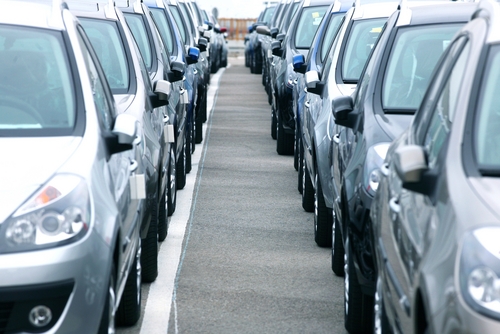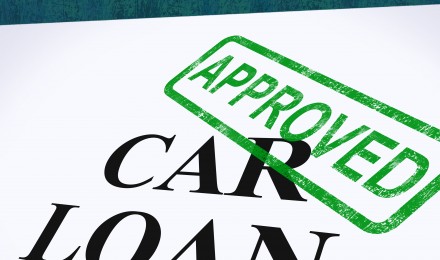Auto Sales and Energy Boost Retail Sales 0.9% in August
The Commerce Department August release reveals a combination of higher auto sales and gasoline prices increased retail sales by 0.9 % in August and 4.7 percent year-over year. Although it’s the second consecutive monthly increase for this key indicator, the numbers indicate a relatively modest economic expansion for Q3.
Consumer spending increased 1.7 percent in the second quarter, its most anemic showing since Q3 2011.
Gasoline station sales increased 5.5 percent — the highest surge since November 2009. The average price of regular-grade gas price increased 54 cents since July 1, to $3.87 a gallon, based on figures released by AAA.
Building material sales increased one percent. Core retail sales dropped 0.1 percent versus a 0.8 percent increase in July. Core retail sales do not include sales data from automobile dealerships, service stations, and building materials.
The Commerce Department uses data from the core retail sales category to compute the gross domestic product.
Domestic Vehicle Sales Up
Auto sales figures rose to the highest level since February, increasing 1.3 percent compared to a 0.1 percent gain in July. Automobile dealers sold cars and light trucks at an annual rate of 14.5 million units, versus 14.1 million the prior month. The annual rate of sales for August is the best showing since 2009.
According to data provided by Ward’s Automotive Group, sales for Chrysler Group LLC; increased 14 percent. General Motors sales rose 10 percent for the month.
Ford realized a larger increase in sales than anticipated, reporting gains of 13 percent. “Consumer confidence is stable as compared to July. The housing sector shows signs of revival,” said the company’s senior U.S. economist Jenny Lin.
Consumer Price Index Increases
The price of goods and services was flat during the month of July. Inflation, as tracked by the Consumer Price Index (CPI), increased 0.6 percent for August. The CPI registered its first increase in five months and came in slightly higher than the consensus of 0.5 percent anticipated by economists.
Households spent more on food, as prices increased 0.2 percent from 0.1 in July. The recent drought, which has affected corn and soybean crops, may cause a noticeable increase in food prices later this year.
Consumers paid more at the pump, as the average price for a gallon of gasoline soared $ 0.28 cents, accounting for 80 percent of the increased in the CPI. On the positive side, the core consumer price index, which does not include energy and food prices, rose 0.1 percent for the second straight month.
New vehicle prices, which declined 0.1 percent in July, increased 0.2 percent. Used cars and truck prices decreased 0.9 percent and 0.5 percent in July. The cost of apparel dropped 0.5 percent, following five months of price increases. Rents continue to climb, rising 0.3 percent and recording the largest monthly gain since November 2008.
On a year-over-year basis, the CPI increased 1.7 percent compared to 1.4. The inflation rate remains within the Fed’s goal of keeping the long-term inflation rate at 2 percent.






